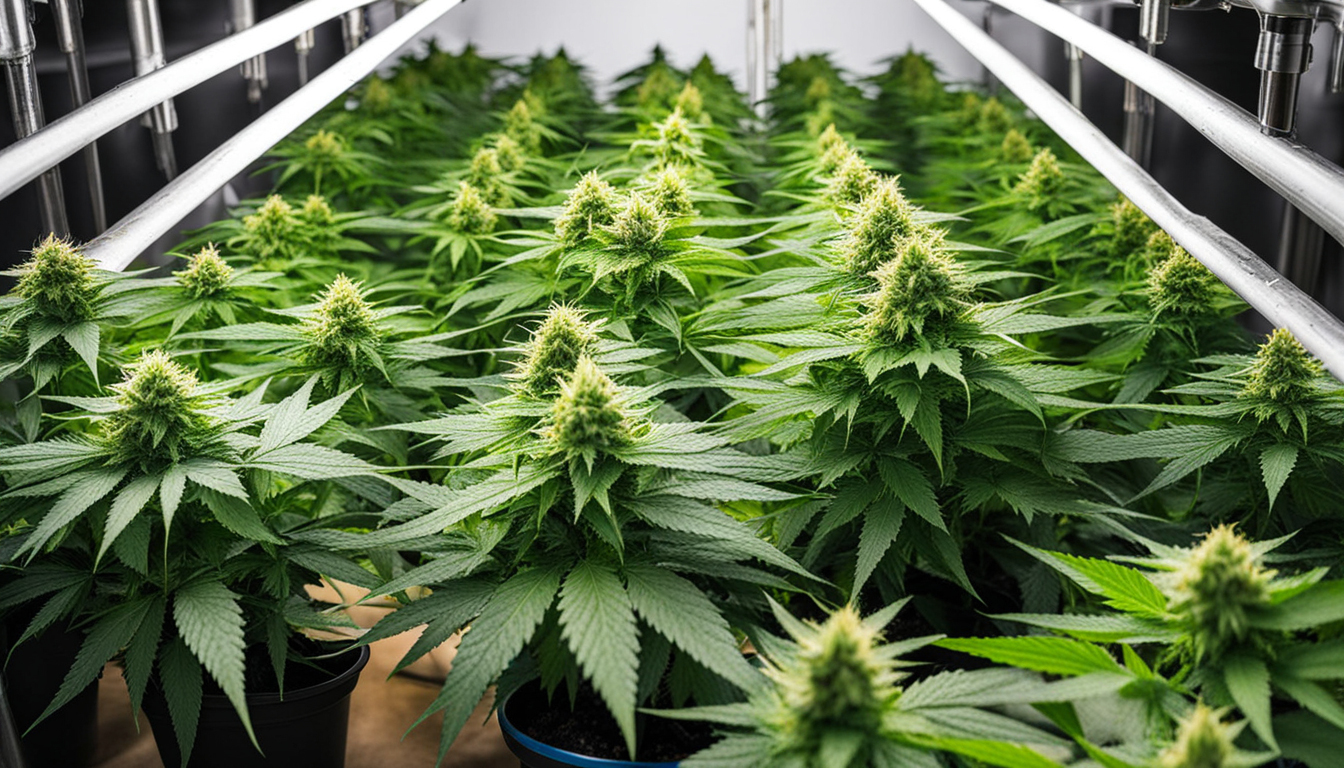
Whether you're beginning weed growing or looking to improve your existing harvest, following this complete guide will help you produce large, high-quality yields right at home. With the right gear, methods, and attention, cultivating cannabis indoors can be an extremely rewarding and cost-effective endeavor.
Choosing Weed Varieties
The first step in planning your indoor harvest is choosing the right cannabis strains to cultivate. The three main types of cannabis plants each have their own characteristics.
Sativas
Known for their invigorating intellectual effects, these strains spread tall and slender with narrow leaves. They flourish in tropical tropical climates and have a longer blooming time between 10-12 weeks indoors. Top sativa strains include Sour Diesel, Durban Poison, and Jack Herer.
Indicas
Indicas provide calming body-focused effects and spread short and bushy with broad leaves. Adapted to cooler mountain climates, they flower faster within 8-9 weeks. Popular indica strains include Granddaddy Purple, Northern Lights, and Bubba Kush.
Hybrids
Hybrid strains blend traits from both sativas and indicas. They offer combined effects and have moderate flowering periods around 9-10 weeks. Well-known hybrids are Blue Dream, OG Kush, and Blue Dream.
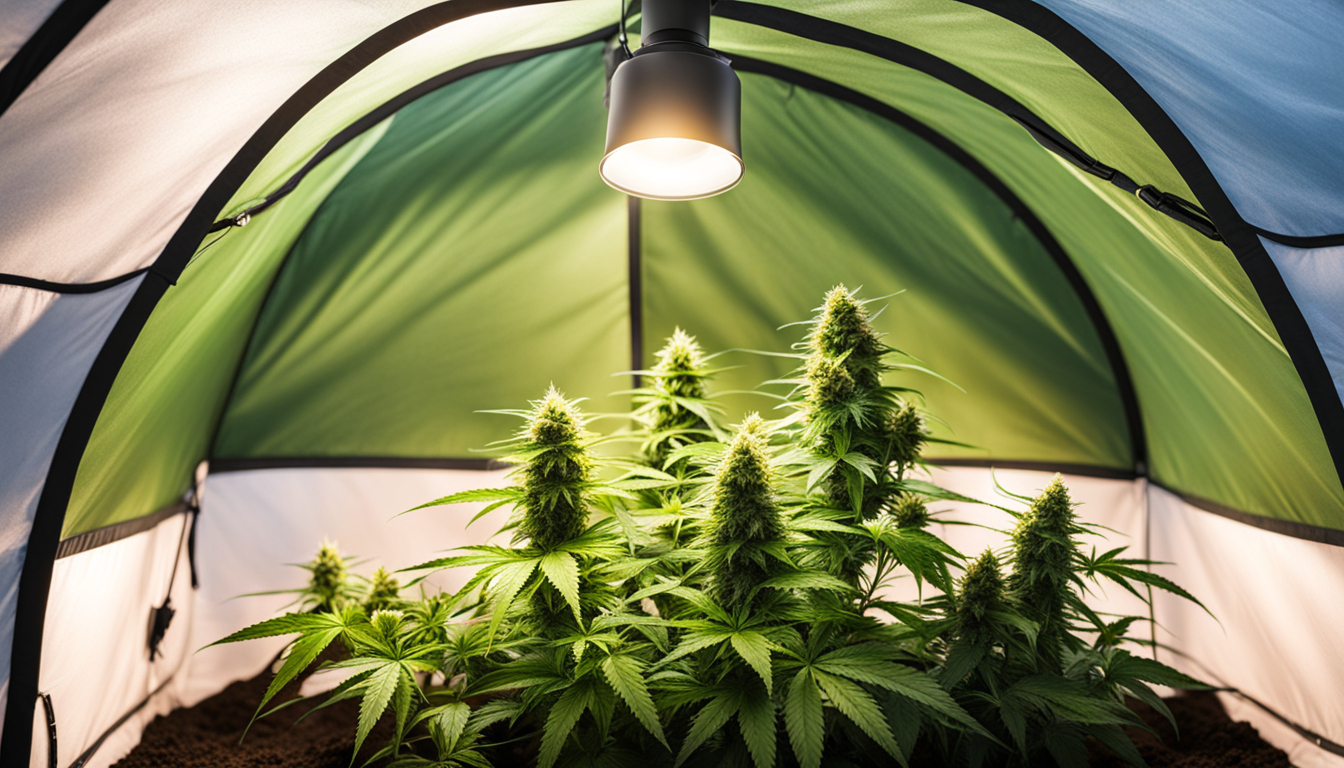
Setting Up Your Cultivation Space
Weed plants need the right controlled environment to flourish. Key factors for indoor grows are lights, airflow, layout, and finding the ideal discreet spot.
Location
Choose an unused space with easy access to irrigation and power outlets. An empty spare room, large closet, basement corner, or cultivation tent securely placed in a garage all make great hidden grow room spots.
Lights
Cannabis requires powerful light for all vegetative stages. LED grow lights are energy-efficient and come in broad spectrum options simulating natural outdoor light. Provide 15-25 watts per square foot for the growth stage and 20-40 watts per square foot for bloom.
Ventilation
Proper airflow and exhaust systems keep ideal temperature, humidity, and pure CO2 levels. Install silent 4-6 inch blowers or carbon filters to refresh old air and eliminate odors.
Layout
Optimize your space by arranging plants carefully under the lamps and leaving room to reach and work around them. Set up distinct zones for vegetation, bloom, drying, and cloning.
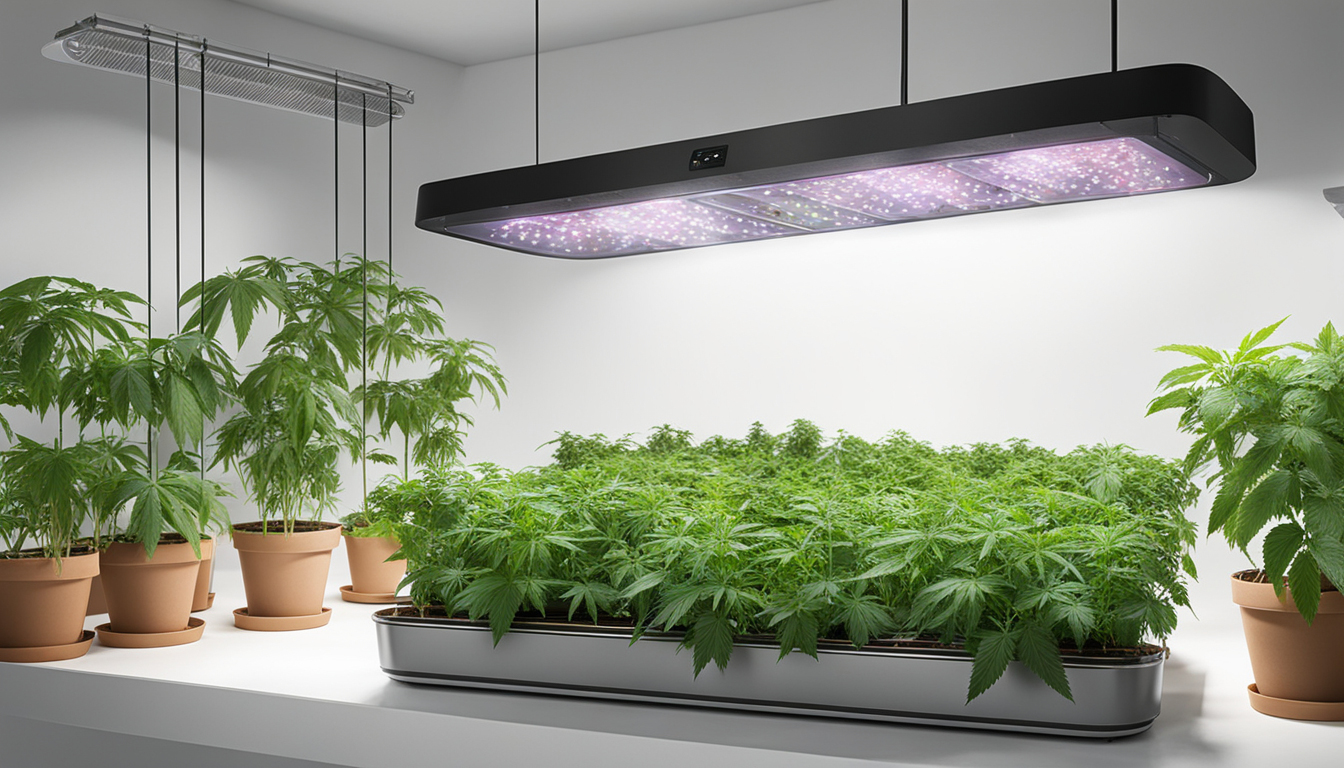
Growing Substrates
Pot can be grown in various mediums, each with benefits and cons. Pick a appropriate option for your specific setup and cultivation style.
Soil
The classic substrate, soil is affordable and simple for new growers. It provides great taste but requires more irrigation and nutrients to nourish plants. Enrich soil with perlite or coco to enhance drainage.
Coconut coir
Made from coconut husks, renewable coco coir retains water but still lets in air to the roots. It's cleaner and more consistent than soil. Use coir-specific nutrients to prevent accumulation.
Hydroponics
In water systems, plant roots grow directly in fertilizer water solution. This allows quick growth but needs close observation of solution properties. DWC and drip systems are popular methods.
Germinating Seeds
Sprouting prepares your cannabis seeds to begin growing taproots. This prepares them for transplanting into their cultivation medium.
Paper Towel Method
Place seeds between wet paper towels and keep them damp. Inspect after 2-7 days for emerging radicles indicating sprouting is complete.
Planting directly
Plant seeds directly into wetted cultivation medium 1⁄4 inch deep. Gently water and wait 1-2 weeks until seedlings break through the surface.
Rockwool Cubes
Soak cubic rockwool starters in balanced water. Insert seeds 6mm deep into the cubes. Keep cubes wet until seedlings emerge within 1-14 days.
Repotting Young plants
Once sprouted, marijuana young plants need to be transplanted to avoid overcrowding. Move them into proper sized pots.
Ready Containers
Fill final containers with cultivation medium enriched with time-released nutrients. Allow containers to soak up water for 8-12 hours before repotting.
Carefully Transplanting
Gently separate seedling roots from sprouting medium using a spade. Place into prepared container at equal depth as before and gently water in.
Growth Stage
The growth stage promotes leafy growth Watch Now and plant structure through 18-24 hours of continual lighting intensity. This stage usually lasts 1-2 months.
Using 3/4 to full day of Light
Use grow lights on a 24 hour cycle or natural sunlight to initiate nonstop growth. Lamp output influences size and internodal spacing.
Fertilizing
Use vegetative stage fertilizers richer in N. Make sure pH remains around 5.8-6.3 for full fertilizer uptake. Fertilize 25-50% concentration after 14 days and strengthen slowly.
Training Techniques
Topping, low stress training, and scrogging manipulate growth patterns for even canopies. This increases yields.
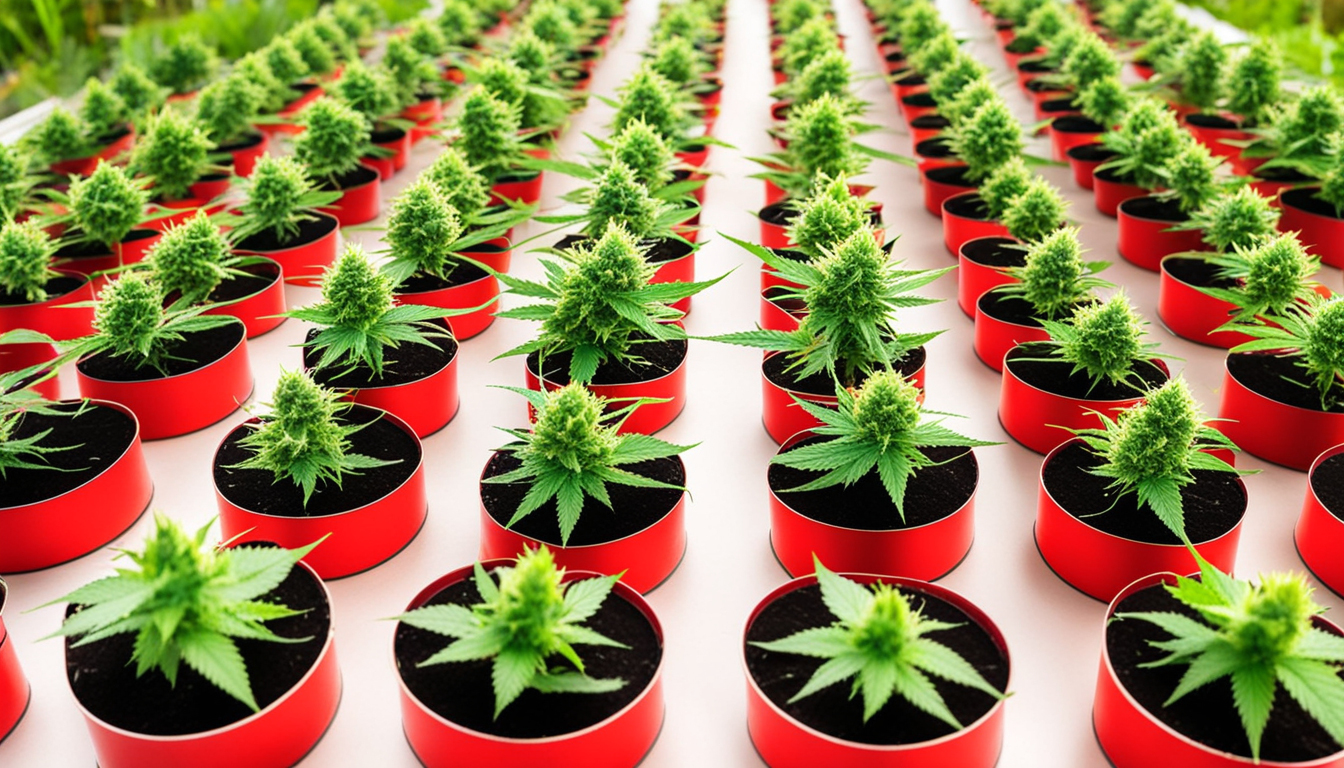
Flowering Stage
The flowering stage develops buds as plants reveal their sex under a 12 hour cycle timing. It lasts 8-12 weeks depending on Subscribe Now variety.
Switching to 12/12
Change grow lights to 12 hours on, 12 hours off or place outside for outdoor 12/12 timing. This signals plants to begin blooming.
Stop Fertilizing
Flushing removes fertilizer residuals to enhance flavor. Fertilize weakly the first weeks then just use pH'd water the final 2 weeks.
Flushing
Continue 12/12 light timing but leach using neutral pH water only. Resume clean watering if buds aren't yet mature after two weeks.
Harvesting
Recognizing when marijuana is fully ripe ensures peak potency and aroma. Harvest plants at optimal ripeness.
Identifying Ripeness
Look for fading pistils, swelling calyxes, and 5-15% amber trichomes. Inspect buds around the plant as they won't all ripen evenly.
Cutting Plants
Use sterilized, razor-sharp pruning shears to carefully slice each plant at the base. Leave several inches of stalk attached.
Drying
Hang intact plants or branches inverted in a lightless room with average temp and RH around 50-60% for 1-2 weeks.
Curing
Curing keeps drying while improving the buds like aged spirits. This process mellows harshness and further develops cannabinoid contents.
Jars and Humidity
Manicure dried buds from stems and store into glass jars, packing about 3⁄4 full. Use a hygrometer to monitor jar moisture.
Burping Daily
Unseal jars for a few hours each day to slowly reduce humidity. Rehydrate buds if humidity goes under 55%.
Final Cure
After 14-21 days when humidity stabilizes around 55-60%, perform a last manicure and store forever in sealed jars.
Troubleshooting
Even experienced cultivators run into various pot plant problems. Identify problems early and fix them properly to keep a strong garden.
Poor feeding
Yellowing leaves Contact Us Today often signify insufficient nitrogen. Anthocyanins and leaves show low phosphorus. Check pH and boost nutrients slowly.
Pests
Thrips, aphids, fungus gnats, thrips, and root aphids are frequent pot pests. Use neem oil sprays, predator bugs, and sticky traps for organic control.
Powdery mildew
High moisture encourages botrytis and bud rot. Improve circulation and circulation while reducing humidity below 50% during bloom.
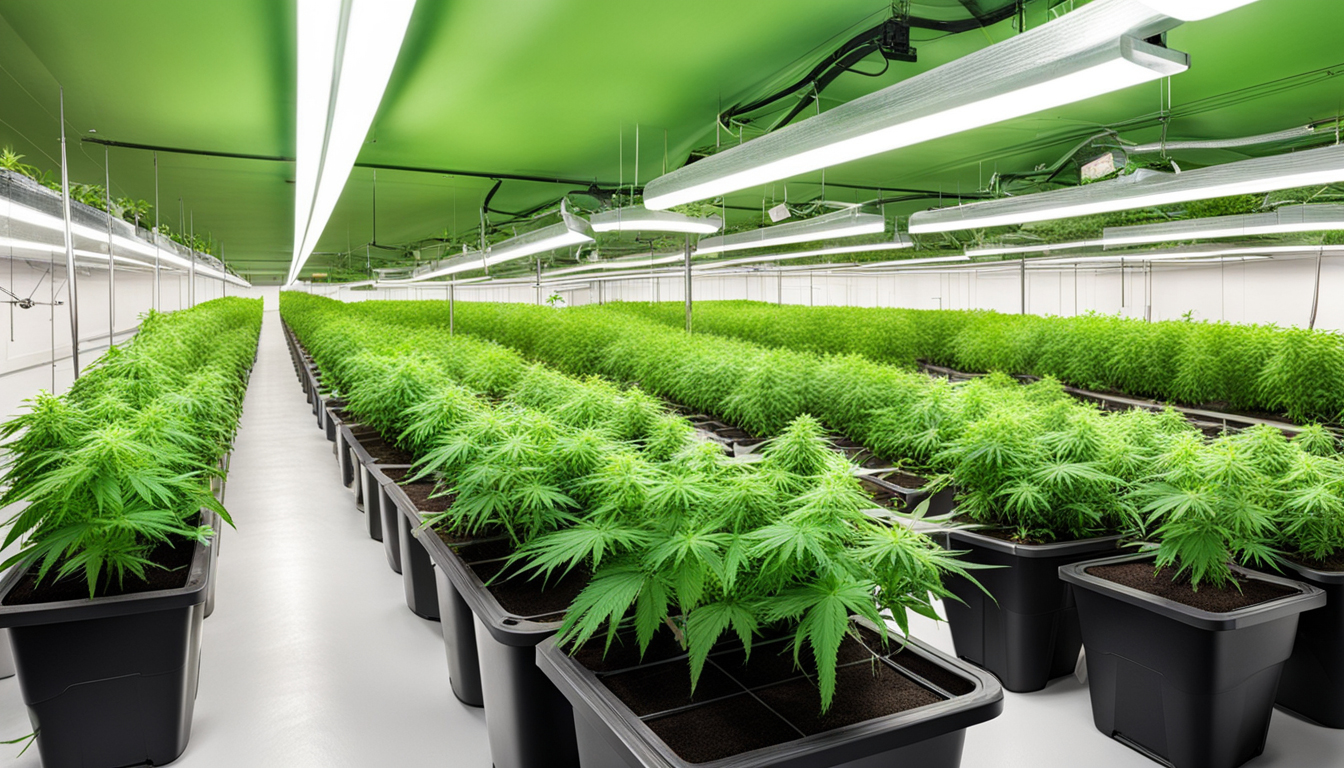
Summary
With this complete indoor pot cultivation guide, you now have the knowledge to cultivate bountiful potent buds for personal harvests. Apply these techniques and techniques throughout the seed starting, growth, and bloom stages. Invest in good gear and closely monitor your plants. In time, you'll be rewarded with sticky fragrant buds you raised yourself under the loving care of your green thumbs. Good luck cultivating!